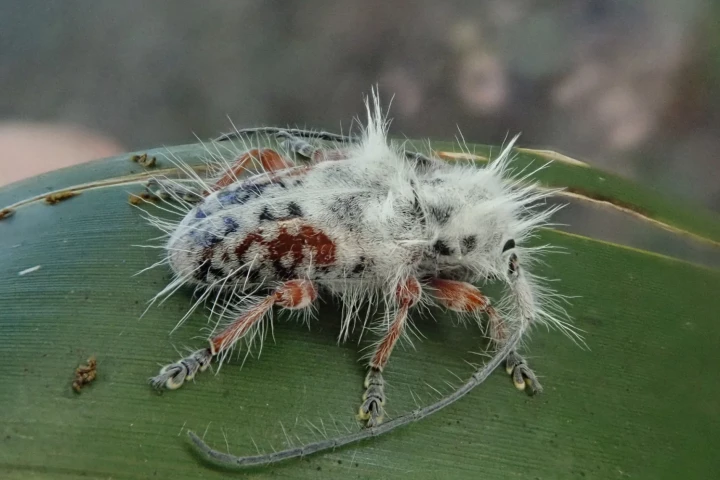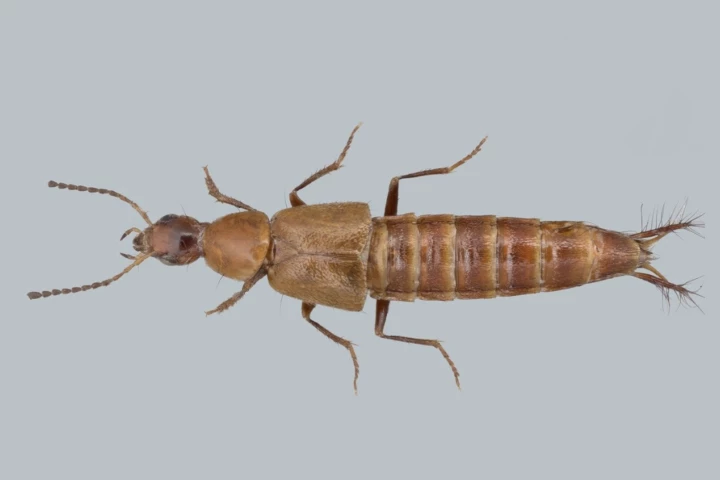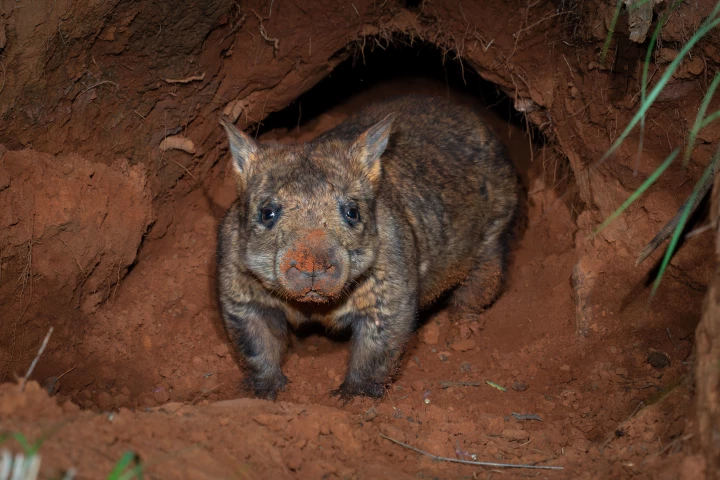Species
-
We'd like to welcome this curious armless burrowing lizard into the New Species Hall of Fame. Despite being built for life underground, in the end this slider skink was no match for scientists who had searched for a decade to confirm its existence.
-
A new species of jellyfish, named after a samurai warrior, has been identified off the coast of Japan and its discovery is more than just a biological curiosity. It reveals ocean currents changing and marine migration routes shifting.
-
An elusive nocturnal beast of a rat that lives high up a mountain has been filmed and caught for the first time, in what is akin to winning the zoology lottery. It's only been seen once in 30 years, and all we know of it stem from old museum specimens.
-
You don't often find crowds flocking to take in the pungent scent of rotting flesh, yet that's just what happens when a corpse flower blooms at a public garden. But this iconic endangered plant is now facing a new threat – our aversion to paperwork.
-
A new discovery in Kenya shows that ancient human relatives crossed paths – literally. Paleontologists have discovered the first known example of fossil footprints left by two different species of ancient hominins on the same day.
-
Would you want to eat this beetle? Probably not, as it appears to be covered in fungus. That "fungus" is actually hair, however, which the recently discovered insect may use to put off would-be predators.
-
If T. rex is too mainstream, discerning 10-year-olds may now have a new answer when asked their favorite dinosaur – Tyrannosaurus mcraeensis. The newly identified species appears to be more primitive than its famous cousin, but just as big and scary.
-
A team of conservationists have rediscovered a species of golden mole that hasn’t been seen in almost 90 years. The scientists tracked it to its home in the sand dunes of South Africa using environmental DNA (eDNA) and sniffer dogs.
-
In 2017, scientists discovered a new species of giant rat that can reportedly crack open coconuts. Now, this extremely rare creature has been captured in the wild on camera for the first time.
-
Genitalia in the animal kingdom is rarely dull, from penis 'sword' fighting flatworms, to echidnas with four-headed phalluses. Let us introduce a new odd member contender: a beetle with an appendage that looks like you could crack open a beer with it.
-
In an effort to foil these proficient hide-and-seekers, scientists have enlisted a tech secret weapon to find the northern hairy-nosed wombat, a shy and critically endangered Aussie icon. Despite their hiding skills, just an estimated 315 animals remain.
-
A new genus and species of ancient sea worm with an impressive set of star-shaped chaetae has been identified, after its fossil first puzzled paleontologists. Thanks to its alien-worm-like appearance, scientists found a fittingly sci-fi name for it.
Load More











